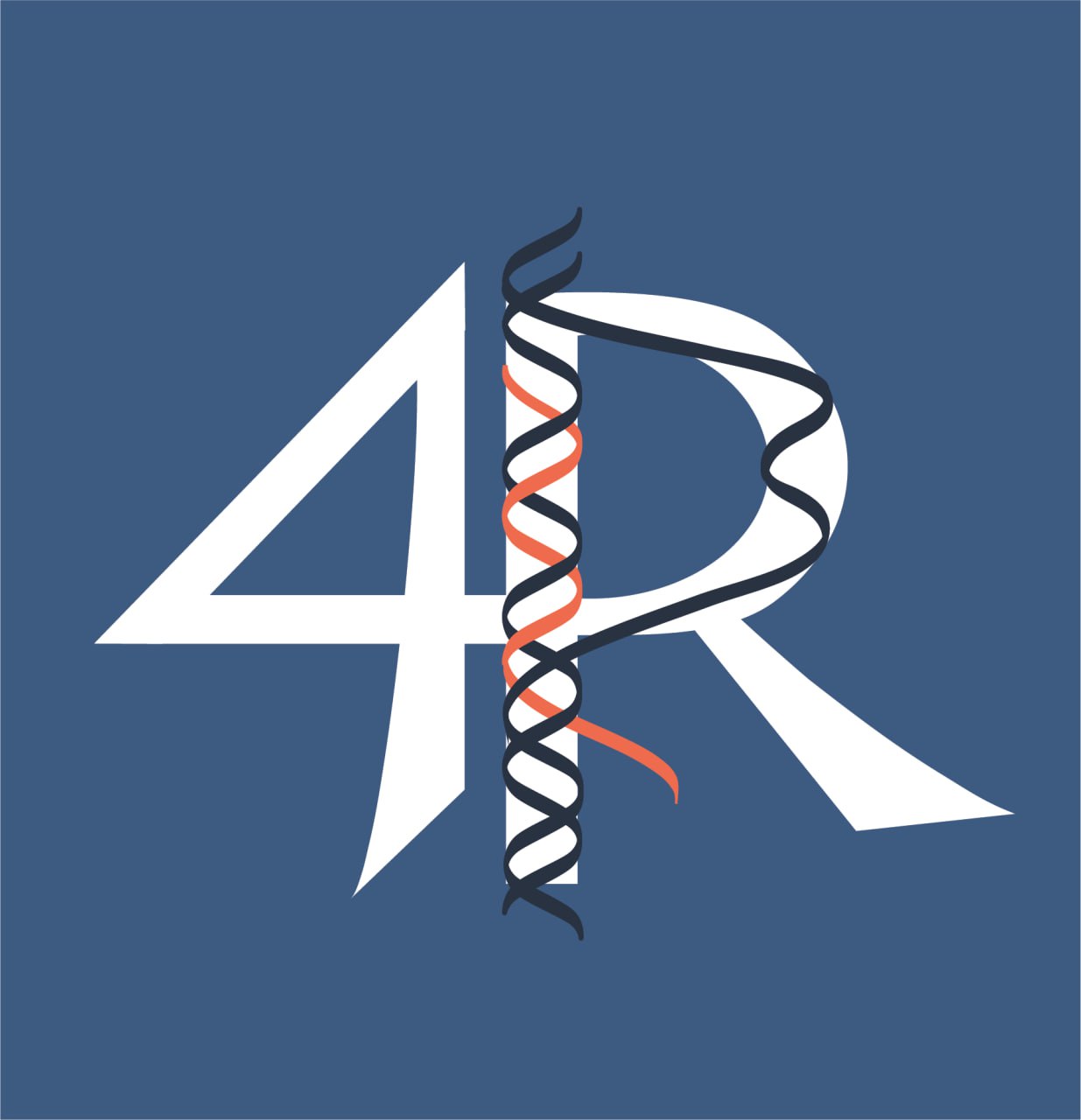Project 5. Functional analysis of R-loops and RNA:DNA hybrids associated with DNA lesions.
R-loops play an ambiguous role in the genome: on the one hand, they are critical effectors of many cellular functions via their influence on gene expression. On the other hand, they pose a serious threat to genome integrity as they contribute significantly to the increase in mutation and rearrangement rates observed in regions of high transcriptional activity. Given their abundance, it is not surprising that R-loops are subject to multiple cellular control systems that actively regulate their formation and stability, including RNase H, various helicases, and pre-mRNA processing factors. On the one hand, R-loops can promote genome instability in several different ways. For example, they can cause collisions with the replication machinery or generate transcription-induced torsional stress, ultimately resulting in DNA double-strand breaks (DSBs). On the other hand, R-loops and RNA:DNA hybrids have been shown to form at sites of DSBs and to contribute to their repair and the activation of the DNA damage response. However, the mechanism of how these structures promote damage signalling and repair has remained unclear.

This project aims at elucidating the steps by which R-loops and RNA:DNA hybrids impinge on the response to DNA DSBs. We recently discovered that one of the major factors involved in the signalling cascade initiating at DSBs directly interacts with RNA and that manipulation of RNA:DNA hybrids causes a deregulation of this cascade. Based on these preliminary data, we propose to
- Characterize the mutual interactions of RNA:DNA hybrids with DSB-signalling factors,
- Determine the nature and origin of the RNA bound by DSB-signalling factors, and
- Investigate the mechanisms by which R-loops and RNA:DNA hybrids modulate the response to DSBs.
We will apply biochemical assays to elucidate the nucleic acid-binding domains and features of relevant DSB-signalling factors and use the information from these approaches to manipulate the signalling cascade in cells after treatment with ionizing radiation or DSB-inducing chemicals. To gain more specific insight into the nature of the involved RNA structures, we will also use rare-cutting restriction enzymes to generate site-specific DSBs in human cell lines. Immunofluorescence and live-cell microscopy will reveal the kinetics and amplitude of the resulting DNA damage response. Following induction of DSBs in various settings, we will use tools such as Chromatin Immunoprecipitation (ChIP), Cut&Run, R-loop mapping, and iCLIP to determine the association of relevant proteins with DSB ends, the positions of R-loops relative to the lesions, and the RNA sequences bound by DSB-signalling factors.
In this manner, we expect to gain an understanding of the mechanisms and factors that balance the potentially detrimental effects of R-loops with their regulatory potential and their ability to restore genome stability in response to potentially lethal DNA lesions such as DSBs.
